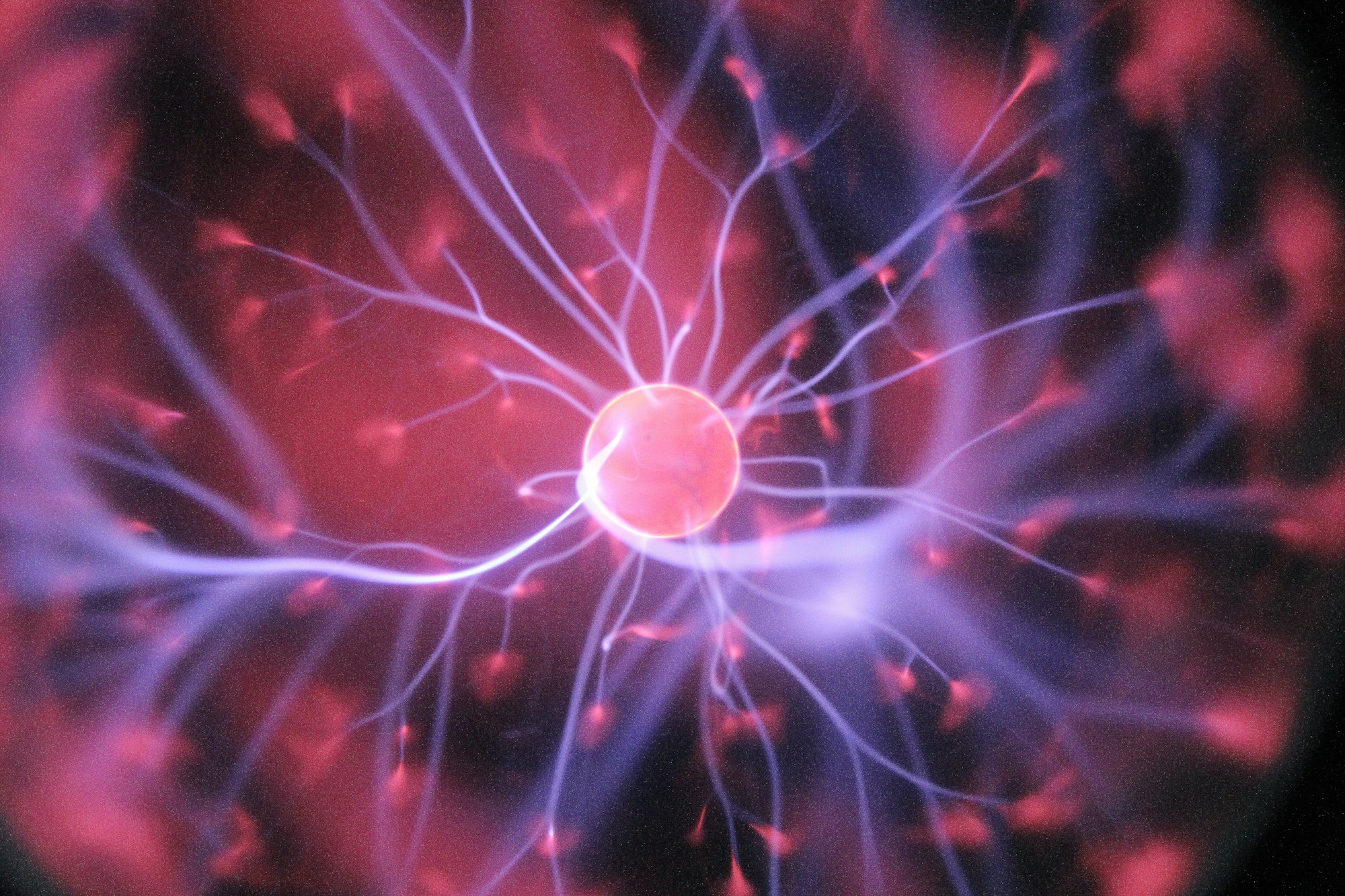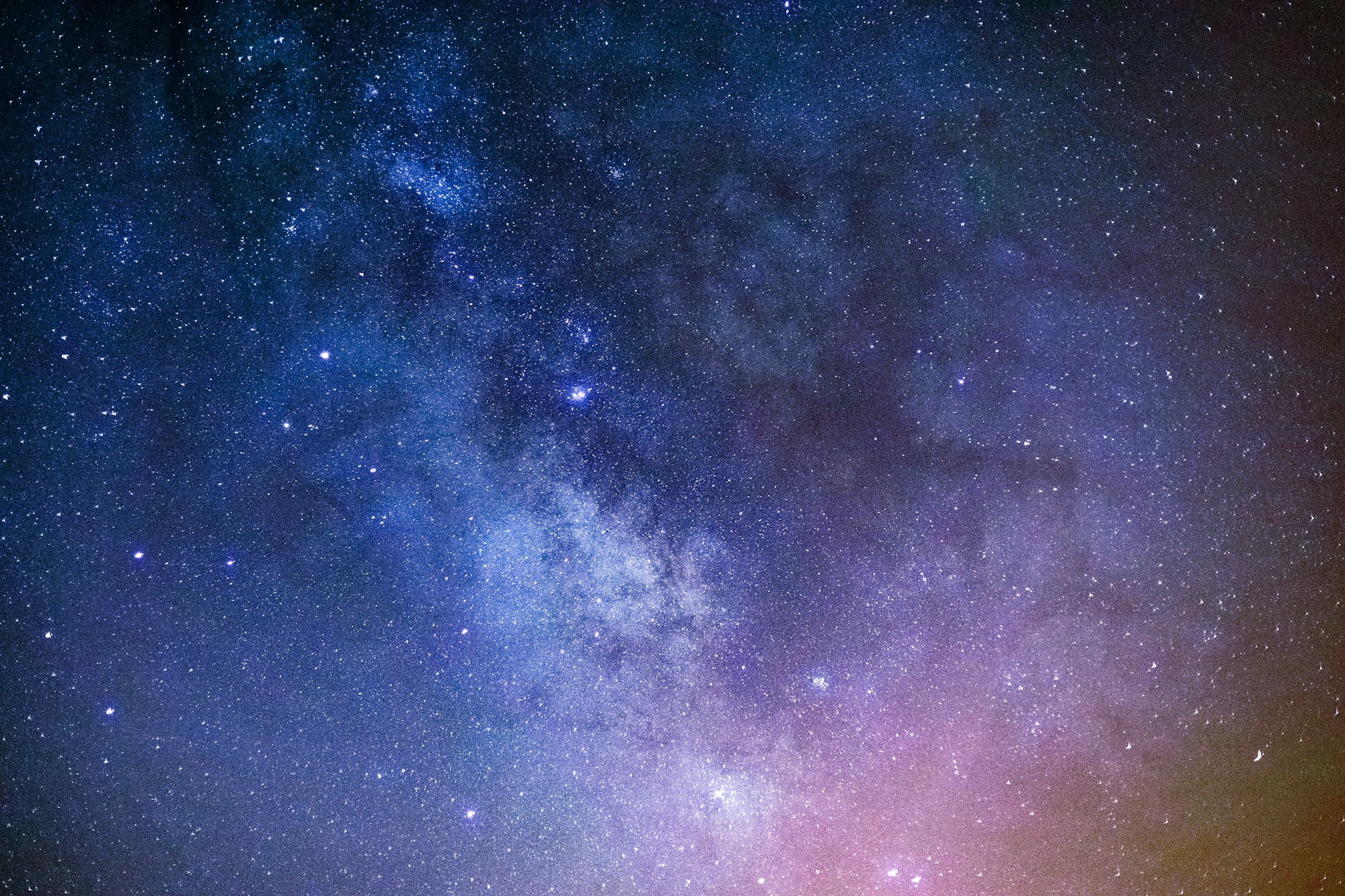The Yi-Tao Bagua and Science: Bridging Ancient Wisdom and Modern Knowledge
Embark on a cosmic quest as science and ancient wisdom unite, unveiling the mysteries of the unknown.

The study of the Yi-Tao Bagua presents us with a fundamental question: Is the Yi-Tao Bagua a form of science? While modern science, which began its development during the European Renaissance, has a proven track record spanning several centuries, it still falls short in explaining all phenomena, encompassing everything, and addressing humanity's moral dilemmas.
On the other hand, we find that the theory of the Yi-Tao Bagua contains numerous elements of reason. As modern science is limited in its scope, and the Yi-Tao Bagua appears to possess inherent rationality, can we consider science and the Yi-Tao Bagua as belonging to two separate and distinct rational systems?
Our research suggests that this is indeed the case. However, it is possible for these two systems to eventually converge based on their own rationality. In other words, the Yi-Tao Bagua could be integrated into the scientific framework, leading to a more refined and expansive scientific system that explains both natural laws and the moral aspects of human society.
The ancient Chinese theory of the Yi-Tao Bagua represents their contemplation on the origin of the universe, but it differs from the approach of modern science. To illuminate the disparities between these two systems, we initiate our investigation by defining science itself. In essence, we must first gain clarity on what science truly is.

What is Science? Unraveling the Nature of Scientific Pursuit
Before delving deeper into the relationship between the Yi-Tao Bagua and science, let's comprehend the essence of science. Science is not merely a body of knowledge, but rather a systematic and evidence-based approach to understanding the natural world and its various phenomena. It relies on observation, experimentation, and logical reasoning to uncover patterns, formulate hypotheses, and test them rigorously.
The scientific method empowers us to make sense of the physical world around us and has led to groundbreaking discoveries, technological advancements, and a deeper comprehension of the cosmos. Yet, it is crucial to recognize that science, as advanced as it is, still carries certain limitations.

The Limits of Science: The Uncharted Territories
As much as science has achieved, there remain enigmatic domains beyond its grasp. Mysteries such as the nature of consciousness, the origin of the universe, and the intricacies of metaphysical phenomena continue to elude complete scientific explanation. These frontiers of understanding beckon to be explored, but their transcendental nature often defies conventional scientific investigation.
While science can unlock many doors, it acknowledges the vastness of the unknown. Its allure beckons, and science eagerly embraces the journey of exploration. The Yi-Tao Bagua, with its ancient wisdom and unique insights, becomes a captivating companion, enriching the pursuit of knowledge.

The Rational Tapestry of the Yi-Tao Bagua: Ancient Wisdom in Modern Light
At the heart of the Yi-Tao Bagua lies a rich tapestry of rationality and philosophical depth. Its profound principles, as elucidated in revered texts like Tao Te Ching and Yi Jing, have guided countless seekers on a journey of self-discovery and enlightenment.
In the Yi-Tao Bagua, we find reflections of cosmic patterns, interconnectedness, and the dynamic balance of opposing forces – all of which resonate with aspects of modern science, particularly in fields like chaos theory, systems thinking, and even quantum mechanics. The complementary nature of Yin and Yang, present in the Bagua's symbolism, echoes the duality inherent in wave-particle duality, complementarity, and superposition observed in the quantum realm.

Toward Convergence: The Integration of Yi-Tao Bagua into Science
While the Yi-Tao Bagua and science may initially appear as separate avenues of thought, they possess the potential for unification. As science evolves and embraces new perspectives, it may come to recognize the profound insights offered by the Yi-Tao Bagua.
Imagine a future where the Yi-Tao Bagua enriches scientific inquiry, providing novel frameworks for understanding complex phenomena and unraveling the mysteries that lie beyond the empirical. By bridging ancient wisdom with contemporary knowledge, a more holistic and inclusive scientific paradigm may emerge, one that not only explores the mechanics of the universe but also addresses the fundamental questions of human existence.

Unveiling Cosmic Truth: A Journey Unending
As we embark on this intellectual voyage, fusing the essence of ancient Chinese philosophy with contemporary scientific exploration, we invite our readers to join us in this quest for cosmic truth. Let us embrace the marriage of ideas, where the boundaries of tradition and innovation blur, allowing a deeper understanding of the universe and ourselves.
The Yi-Tao Bagua and science may dance as distinct partners now, but their steps may one day harmonize into a grand cosmic waltz, enlightening humanity and illuminating the path to profound wisdom and spiritual growth.
